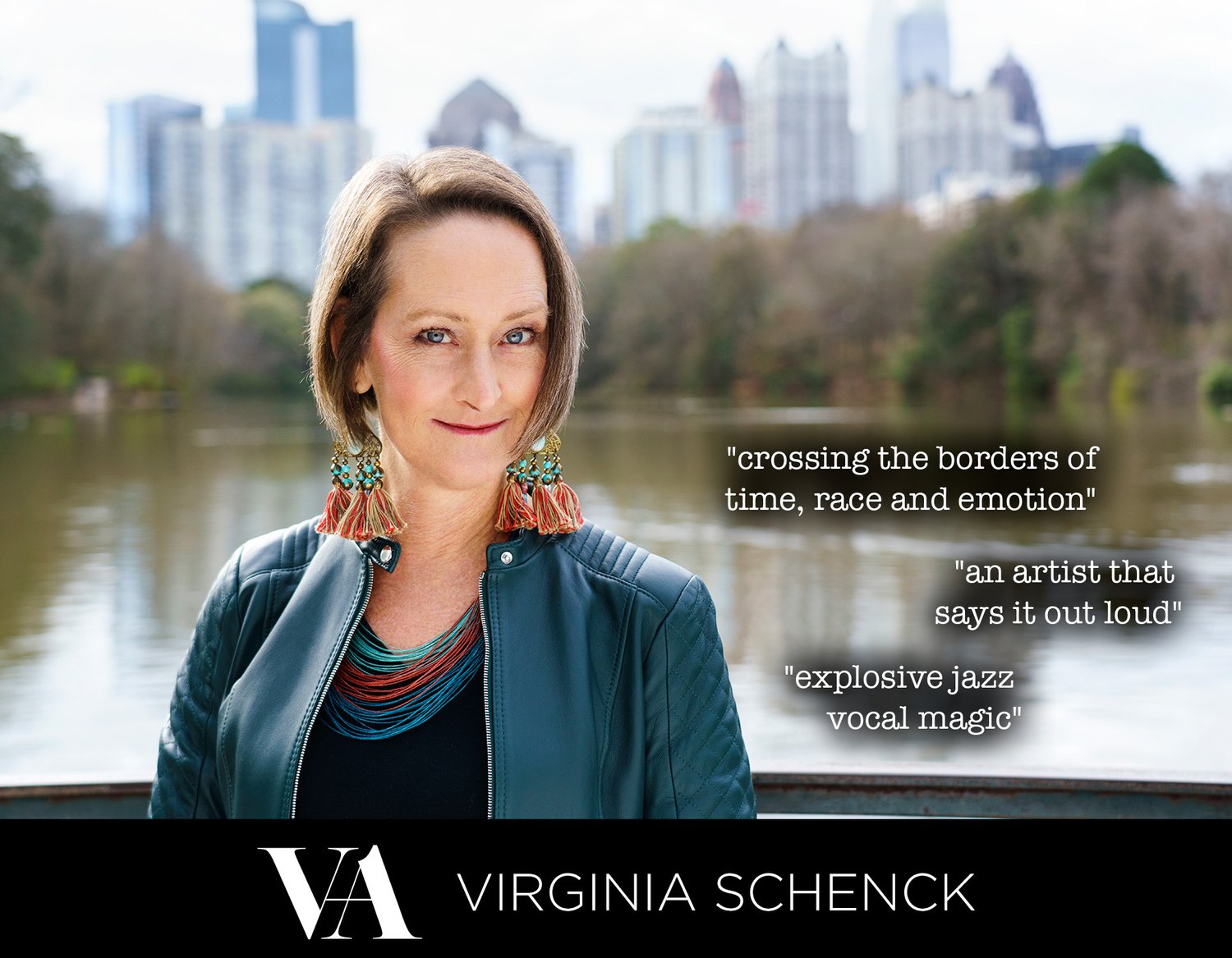White Like Me: Constance Curry
“I began to realize that it was not only religious and intellectual and historical stirrings but that the law affected me personally, because I couldn’t eat with my friends. And, you know, once you start taking things personally, the passion is enhanced.”
Her noble stance, forthright demeanor, and self-assured spirit drew me in as she bowed her head. Utterances and references to her poignant civil rights work drew a shroud of mystery around her like an invisibility cloak. What a mantle to carry.
How did she do it? What steps led her here? What right actions did she take?
Arriving in the dark, we passed through Beaufort, SC making our way beyond to the mud flats. Sandy, winding road through palmettos and pines led us to a sweet little cabin so well protected you might have missed it, if not given specific directions. Given the opportunity to spend a weekend at Connie Curry’s cabin on Hunting Island, a girlfriend and I, toddlers in tow, loaded our cars full with groceries and plastic toys for a winter weekend getaway.
Surveying our surroundings, and how best to inhabit our weekend abode, I peered up at a well-worn, black and white framed photograph on the wall. Staring back at me was the King himself - in this space - only in the days when I was the toddler. Dr. Martin Luther King was here? I’m standing in sacred space? Walking hallowed ground? My girlfriend’s sighs express her immense pleasure in settling our weekend nest. Ever great at creating ambiance, she hands me a dram of single malt scotch and we toast our girl’s weekend well-launched. I point out the photograph on the wall. She drinks it in, not saying much. Knowing that morning light will bring children ready for adventure, sipping our libations, we turn fervently to our plan for next day.
Morning reveals vast expanses of tidal marsh. Buckets in hand, our girls meander for miles it seems, and revel in endless digging. The horizon seems to reach out endlessly. Grey sand, grey sky on this wintry day - the world itself a black and white photograph. Dr. King and Connie come to mind. What work did they do here? Were they on respite? What inspiration did they ignite? Did they feel safe here? What history-making occurred, and what was Connie’s part?
While in Junior High School, I read the book “Black Like Me” by white journalist John Howard Griffin, the title inspired by Langston Hughes’ Dream Variations. Griffin, a native Texan, temporarily darkened his skin for 6 weeks and traveled the racially segregated Southern states to research how he was treated. The book captivated me. Seeing life in a different shade of skin, and how that altered one’s experience, my teenage self marveled at his bravery.
As I wandered the National Center for Civil and Human Rights Museum in Atlanta, Georgia, my hometown, a few years ago, I came across a photo and installation of Constance “Connie” Curry, guitar in hand. Attending the founding conference of SNCC along with Ella Baker, she was chosen by the student representatives to be an adult advisor at the ripe age of 23. She authored many books including Deep In Our Hearts: Nine White Women in the Freedom Movement, The Wrong Side of Murder Creek: A White Southerner in the Freedom Movement, and Silver Rights for which she won a Lillian Smith Book Award. Remembering my Hunting Island weekend, and realizing how long it had been since I had seen her, I longed to reconnect.
Late June of this year, I learned of Connie’s death. I had been eager to speak with her, given my current work, but her health prevented my speaking with her in recent months. Though I never knew her well, Connie’s presence and well-worn efforts toward freedom, bridge-building, and a voice for good continue to give me wisdom, strength, and courage to be a part of the conversation. I catch remnants of her echo and reiterate the work that still needs doing, and how all voices are needed at the table.
In addition to our well-known heroes and sheroes, it is white, civil rights movement role models like Connie Curry to whom I continually look to for inspiration, guidance, right part and right action in how I can be a meaningful voice as a Southern, white woman at the table of racial healing.
Southern like me
Woman like me
White like me

